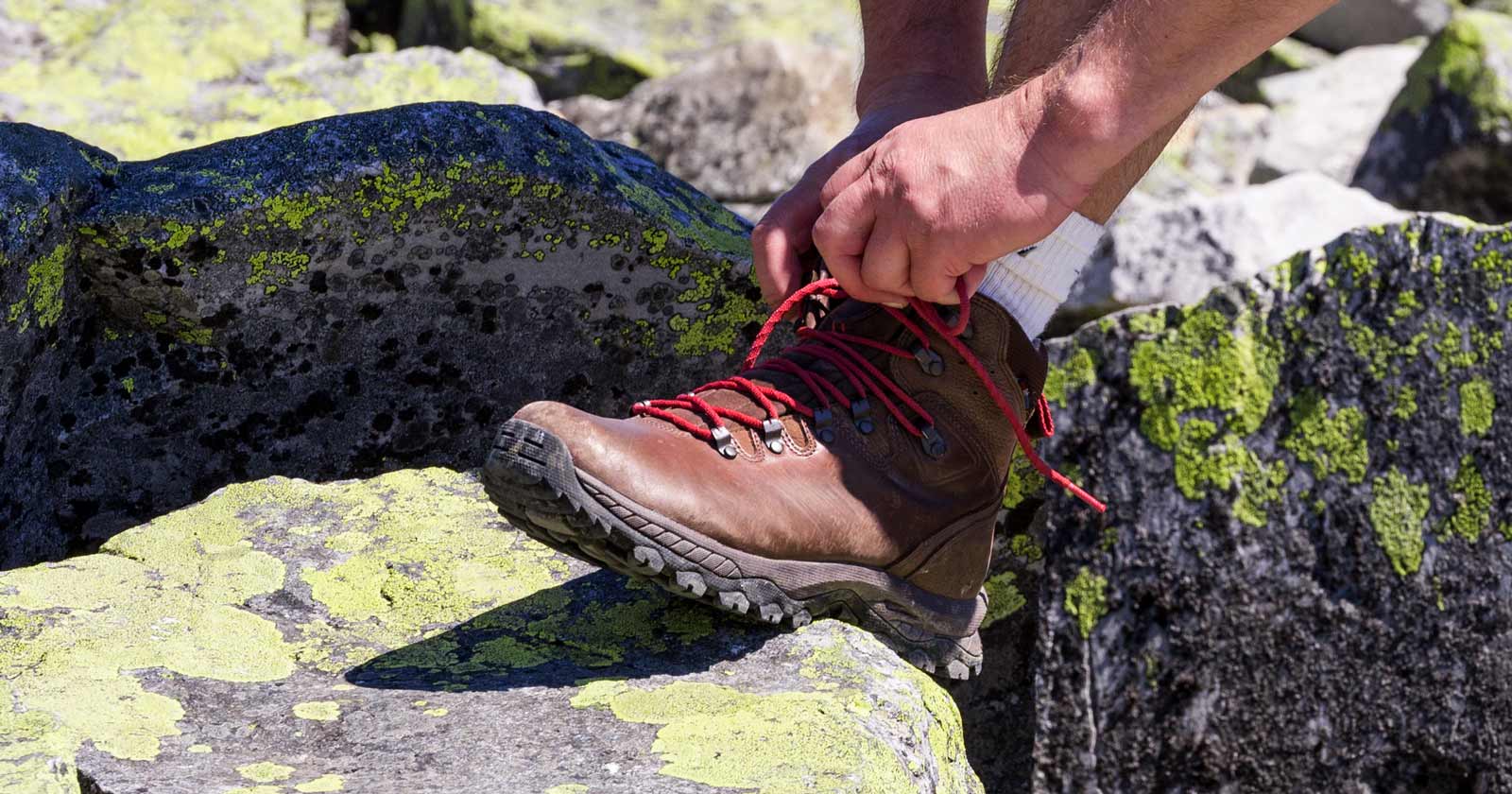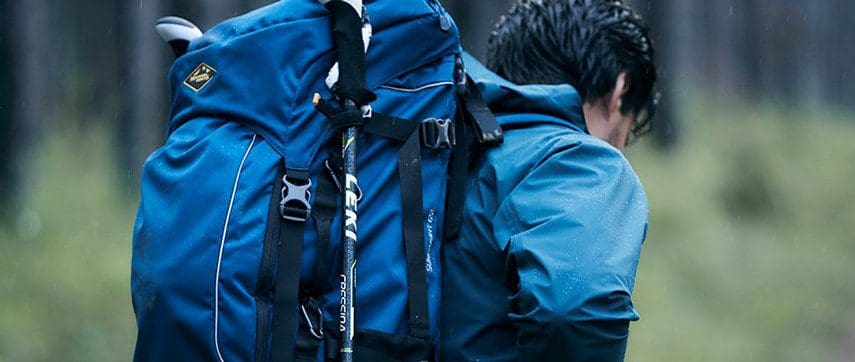Choosing the perfect featherweight pack
Australia’s stunning landscapes lure adventurers, but carrying unnecessary weight can quickly sap the joy from the journey. Enter the world of ultralight backpacking, where every gram counts, and maximising efficiency becomes an art form. While embracing minimalism and potentially sacrificing some comfort, ultralight backpacking unlocks a whole new level of freedom on the trail. Imagine covering more ground with each stride, the weight seemingly vanishing from your shoulders, allowing you to conquer distances and summits that previously felt out of reach.
Every gram shed translates to quicker ascents, less fatigue on long days, and an effortless flow through breathtaking landscapes. It’s about pushing your limits, optimizing your gear, and experiencing the wilderness in a whole new light, light enough to move like the wind itself. But be warned, ultralight demands commitment and planning. Are you ready to redefine your Aussie adventures, gram by precious gram?
But before you embark on your minimalist adventure, be prepared for some of the challenges and set your expectations:
- Minimal Comfort: Ultralight backpacking often prioritises weight savings over plush padding. Expect a firmer fit and potentially less back support compared to traditional packs.
- Specialised Gear: Ultralight tents, sleeping bags, and clothing might be necessary to truly minimise weight. Be prepared to invest in specialised equipment.
- Meticulous Planning: Every item needs justification. Research weather conditions, water sources, and terrain to pack precisely what you need and nothing more.
Now that you’re ready to embrace the challenge, here’s how to choose the perfect ultralight pack.
Step 1: Define your mission
Duration and Intensity: Shorter, fast-paced trips (2-3 days) benefit most from featherweight packs (20-35L). Longer journeys might require slightly larger options (35-45L), depending on your gear choices.
Terrain and Conditions: Rugged terrain demands a stable pack with a minimalist frame and hip belt (30L+). Hot climates prioritise ventilation and lightweight materials.
Ultralight Commitment: Be honest. Ultralight often requires specialised gear and a willingness to embrace discomfort for efficiency. Are you ready for the challenge?
Step 2: Fit is paramount, even for ultralight packs
Torso Length: Crucial for weight distribution. Measure from your shoulder blades to your hip bones and choose a pack with an adjustable torso length for a snug fit.
Hip Belt: Transfers weight to your hips, reducing shoulder strain. It should sit comfortably on your hip bones, even with minimal padding.
Shoulder Straps: Opt for lightweight, breathable straps that distribute weight evenly. Consider contoured straps for a better fit.
Step 3: Function meets minimalism
Ultralight packs prioritise efficiency, so:
Compartments and Pockets: Prioritise essentials and accessibility. Look for a main compartment, hydration sleeve, and hip belt pockets for frequently used items. Think minimalist.
Frame: Consider frameless or minimalist internal frame designs for weight savings. However, stability might be compromised on rugged terrain.
Additional Features: Keep it essential. Trekking pole loops and compression straps might be useful, but rain covers and other features add weight.
Step 4: Material – Lightness vs durability
Balancing durability and weight is key:
Durability vs. Weight: Ultralight materials like Dyneema Composite Fabric (DCF) offer incredible weight savings but can be fragile. Consider hybrid options or heavier, more durable materials for rugged terrain.
Water Resistance: Ultralight materials prioritise weight, often sacrificing waterproofness. Pack liners or lightweight rain covers become crucial in unpredictable Aussie weather.
Embrace the ultralight mindset
Ultralight backpacking is about efficiency, not just gear. Choose lightweight essentials, utilise multi-purpose items, and be ruthless in eliminating unnecessary weight. Remember, leave no trace and respect the environment.
By understanding your needs, prioritising fit, and embracing the ultralight philosophy, you’ll find the perfect pack for your Aussie adventures. Remember, comfort and safety are paramount, even when shaving grams. So, pack light, tread carefully, and experience the joy of minimalist exploration in the great outdoors.
Not ready to embrace ultralight? Check our my guides to choosing the right day pack and packs for your multi-day adventures.





